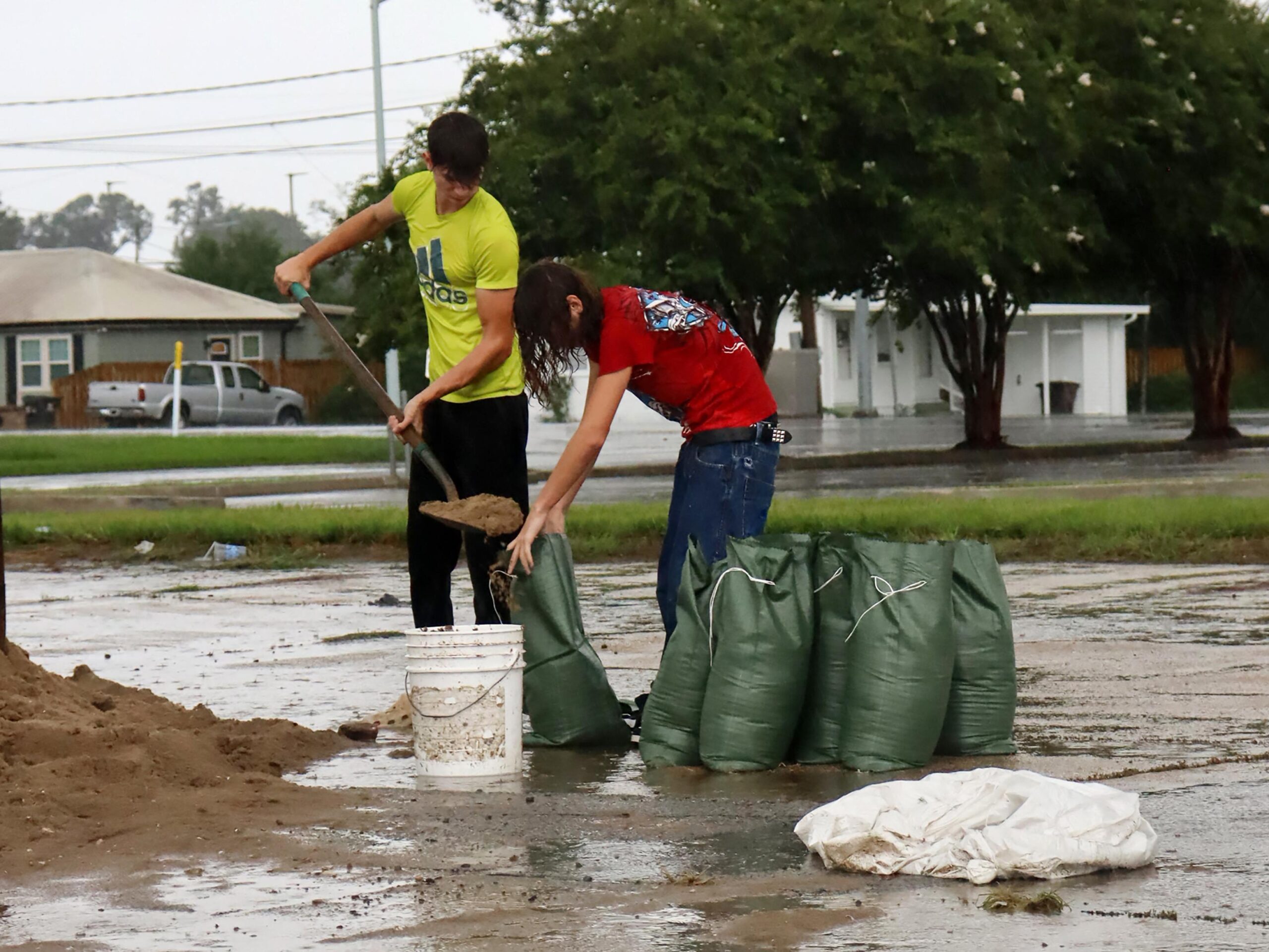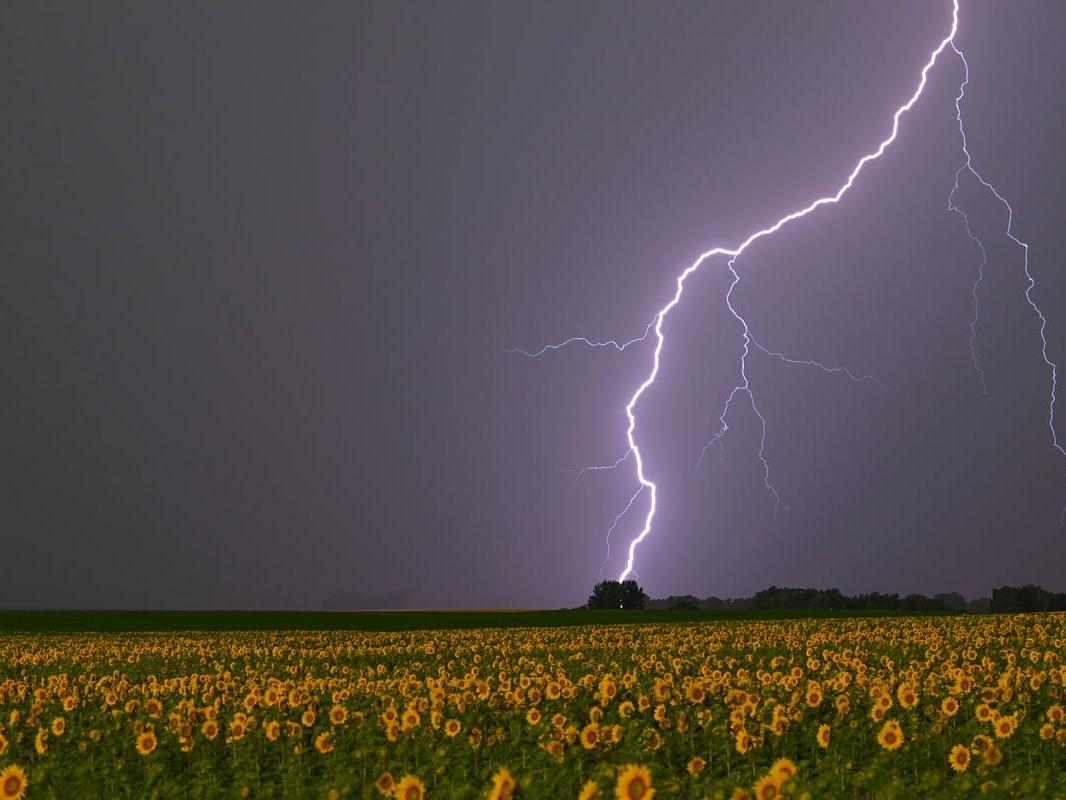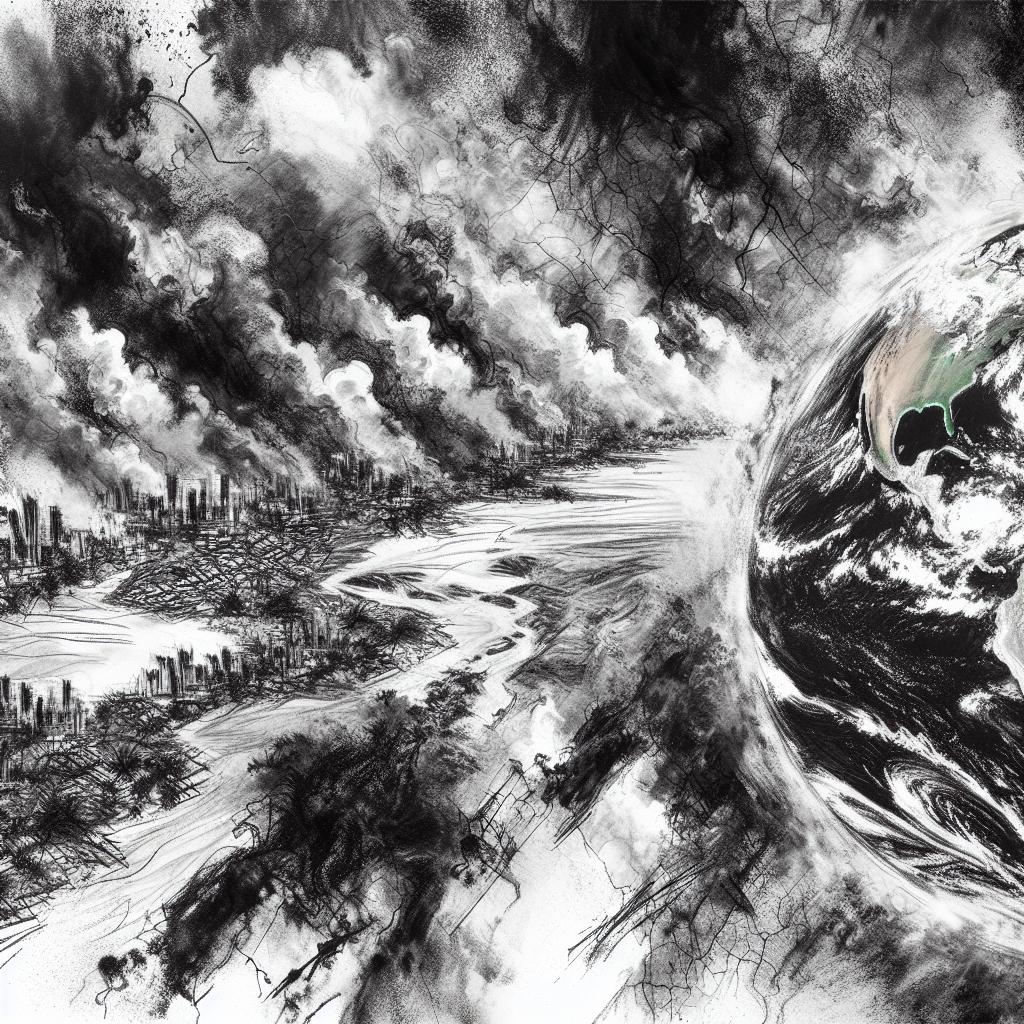Hurricane Francine made landfall in Terrebonne Parish, Louisiana, late Wednesday as a powerful Category 2 storm, bringing winds of up to 100 mph, torrential rain, and dangerous storm surge. The hurricane has since weakened to a tropical depression as it moves inland, but not before causing widespread destruction and disruption across the state.As of Thursday morning, over 392,000 households in Louisiana are without power, with some sources reporting even higher numbers. The storm has caused significant flooding, particularly in the New Orleans metropolitan area, where streets are inundated and buildings damaged. Alvin Cockerham, fire chief of Morgan City, stated, ‘It’s a little bit worse than what I expected to be honest with you’.Louisiana Governor Jeff Landry declared a state of emergency, and President Joe Biden approved an emergency disaster declaration, allowing for federal assistance. The Louisiana National Guard has been deployed to assist with response efforts.The storm’s impact extends beyond immediate damage. Six refineries in eastern Louisiana are operating with minimal staffing, and Exxon Mobil’s facility in Baton Rouge has cut output to 20% of normal levels. The hurricane has also disrupted crop shipments in the Mississippi Gulf area, responsible for 55% of U.S. soy exports.Climate scientists warn that the intensity of storms like Francine may be influenced by climate change. The storm gained strength due to extremely warm temperatures in the Gulf of Mexico, which have record levels of ocean heat content.As Francine continues to move inland, there are concerns about potential flooding in surrounding states, including southern Alabama and northern Florida. Authorities are urging residents to remain vigilant and follow local guidelines for safety.
Key points
- Hurricane Francine made landfall in Louisiana as a Category 2 storm, causing widespread damage and power outages.
- Over 392,000 households in Louisiana are without power, with significant flooding reported.
- The storm has disrupted energy production and crop shipments in the region.
- Climate scientists suggest that the storm’s intensity may be influenced by climate change and record warm Gulf waters.
Contradictions👾There are varying reports on the number of households without power, ranging from 260,000 to 392,000.



